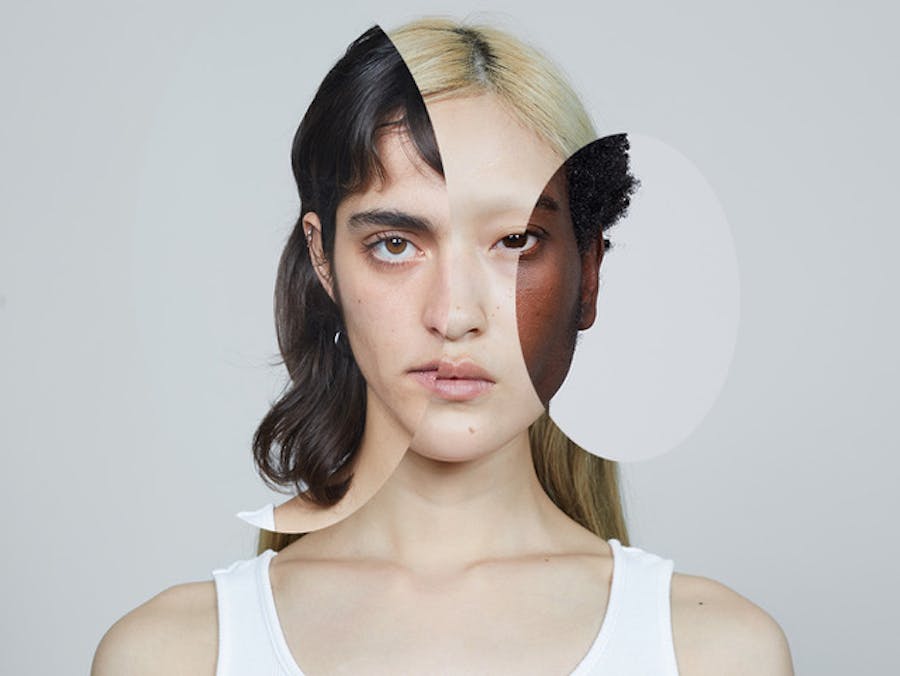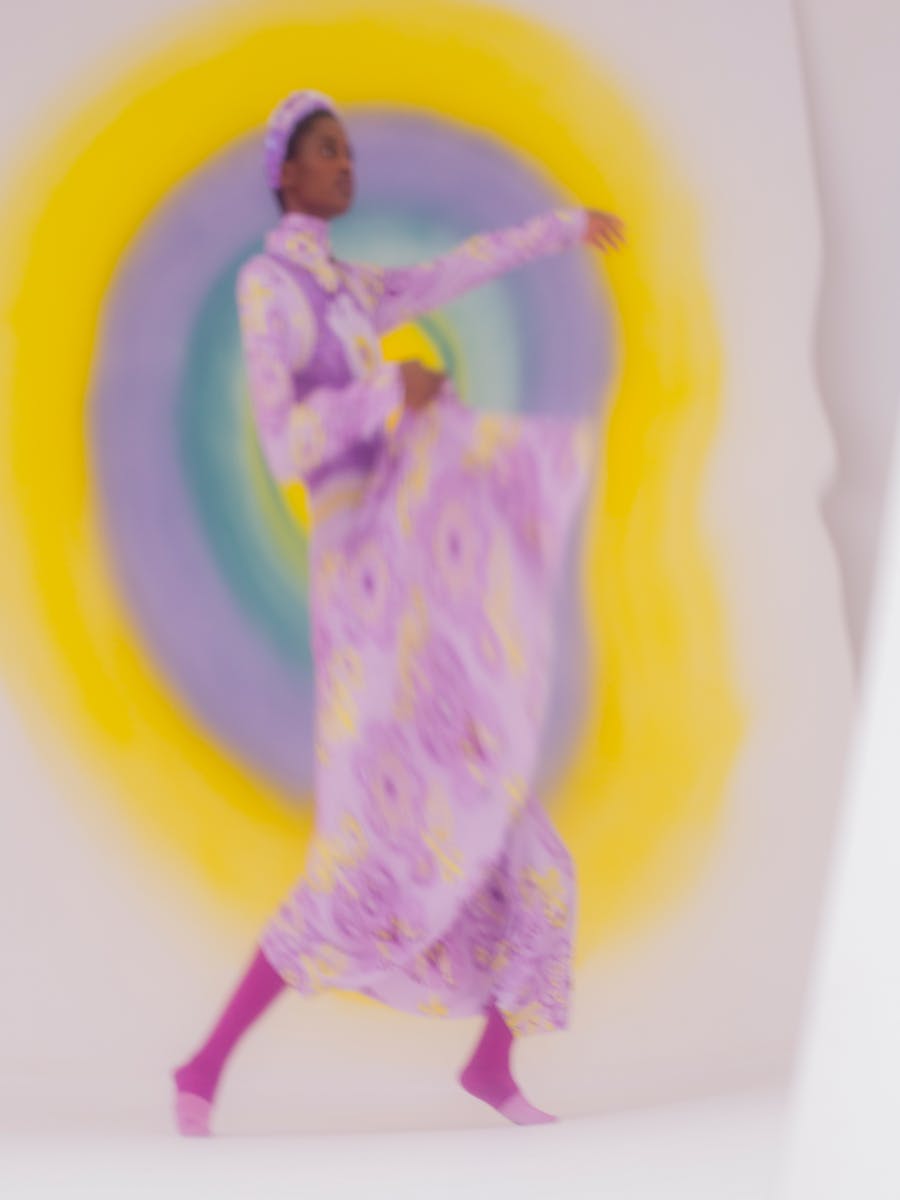Many words and images in the film Liberty remain as if suspended, unused, abandoned, ‘outside of narration,’ as Serra puts it. Things appear never to reappear, like the silhouette of a nun in a wimple walking amongst the trees, whom we will never see again, or a face glimpsed, just once, in the shadow. Many questions remain unanswered: ‘Are they just talking? Do you think they’re praying?’ two women ask each other, watching two men, who are themselves talking about women. An interlacing of paths which lead nowhere – the film is irreducible to any narrative or descriptive structure. Serra talks about a form of expenditure in the sense in which Bataille understood it, that is to say as a dilapidation, an unproductive offering leading to loss, pure and simple. Images and words serve neither the purpose of characterization, nor to advance the plot, but matter only in and of themselves. The film is a luxury object; in terms of its subject, sexual pleasure no longer directed towards procreation, one of the unproductive expenditures par excellence; in terms of its irrational, profligate ornamental formal structure, but also in terms of its rarity, its improbability, and thus its value in the landscape of contemporary cinema.
⏤ I could tell you what the film is about, namely one turbulent night spent among a group of libertines who, exiled from Versailles, have come to satisfy their complicated desires in a forest, but that wouldn’t really convey anything about it. Its originality does not so much reside in its factual and historical subject matter (orgasms in secret, in wigs, in groups) as in the formal choices which characterize it and which, going beyond the eighteenth-century imagery and its anecdotal character, open up an imaginary space, outside time and place, perfectly contemporary to its year of release – 2019. The role of language is critical in taking the film beyond its subject matter; Serra, who studied literature and makes no secret of preferring it to cinema, explains that he wants ‘to create an imaginary world through speech.’ And, certainly, his taste for literature helps him to evacuate the filmic object as he does, leaving an empty space into which language enters, widening it still further. The dialogue, which has the quality of written language and is sometimes abstract, seductive in the heterogeneity of its composition and texture, deepens not only the image of possible meanings, but also makes more opaque what we see and what we think we understand, opening up, as the director explains, ‘a back door, another way of being in the film.’ Having only a ‘lyrical justification,’ it asks of us, in return, through the power of its poetic evocation, an effort, a certain way of listening. What the characters from the orgy in Liberty expect from each other – ‘give me more, more,’ demands a man already on the floor, wanting to be whipped – the film requires of its viewers.
⏤ What we’re talking about here is erotic activity figured by the words exchanged, the preparatory gestures of desire (exhibitionism, fondling, languid masturbation), the confused glimpses of physical relations, and, above all, as the director explains, the ‘mood in the eyes’ of the film’s main characters. Many solitary wanderers, on the lookout, slowly move across the screen, eyes bright and hands hovering suggestively below the waistline. Of the sexual acts, the film only shows a series of fragmented, incomplete actions, not an exhaustive catalogue of possibilities, not a series of conclusive orgasms, but unfinished gestures. If the film shares something of the compulsive character of libertine literature, which so often tends to the enumeration, it does not, however, share its systematic and exhaustive character. The desires of the characters in Liberty are never fulfilled. The eroticism which is depicted here, far from being a mechanical model of desire-pleasure-orgasm-rest, gives back to sexuality its reality as a story without shape or a drama without structure, attained as soon as the film dares to move to the edges of the formless, as close as possible to the irregular rise and fall of pleasure, the contingencies of an often unsatisfied desire. The diffuse sensations and perceptions that unfold, almost to the point of confusion, come into being as gazes cross, in the movement of shadows, in the forms of bodies abandoned, the sound of footsteps, or faraway cries, which, all together, compose a landscape as dense at it is imprecise, made all the more labyrinthine by the deepening of the night. The processes of figuration here are of the order of suggestion rather than representation. In fact, Serra seeks to create, above all, ‘unexpected moods,’ and thus to keep us guessing, to elicit intuitions, to invite us to reverie. In the same way as he who, at the end of a conversation in which an attempt is made to elaborate fantasies, says, disappointed, to his interlocutor, ‘you don’t have much imagination, you poor girl’, and the depths of whose inventiveness in vice can only be suspected.
⏤ This atmospheric material has not been carefully staged but has been gleaned in its natural state, leaving as much as possible to chance. He had to ‘give up direction of the film,’ the director explains. For ten hours a day, during the three weeks of shooting, he let things happen as the cameras rolled, as they recorded. Cameras, and Serra is insistent on this point, have nothing in common with the human gaze, as they are capable of capturing the slightest events, the most subtle movements, to the point almost of imperceptibility. What he is looking for are the delicate oscillations of spontaneous expression, neither controlled by the performers, nor prompted by him, involuntary and even unconscious, in other words, what he calls the organic manifestations emerging from the position of uncertainty and vulnerability that is shared by everyone involved in the filming, and which will always reveal itself, to everyone’s surprise, the first time the rushes are viewed. If, as he says, ‘irresponsibility has to be earned,’ it’s because it has its own methods. It is based on specific protocols of filming, but also on a whole technical and analytic refinement which is deployed during the editing of the film. Around a third of the images in Liberty have in fact been recomposed in post-production, in order to be decentred and made more complex: the baroque density of the branches in the forest is intensified, details and forms are multiplied, sometimes even to the point where a character is transposed from one shot to another. It’s from the complementarity of these two levels of imaginative work – on the one hand freedom, contingency and disorder, and on the other hand great technical mastery, patience, precision and the quality of analysis –and at the meeting point between the purest innocence and the strictest method, that Liberty can come into being.
Translated into English by Sara & Emma Bielecki.


